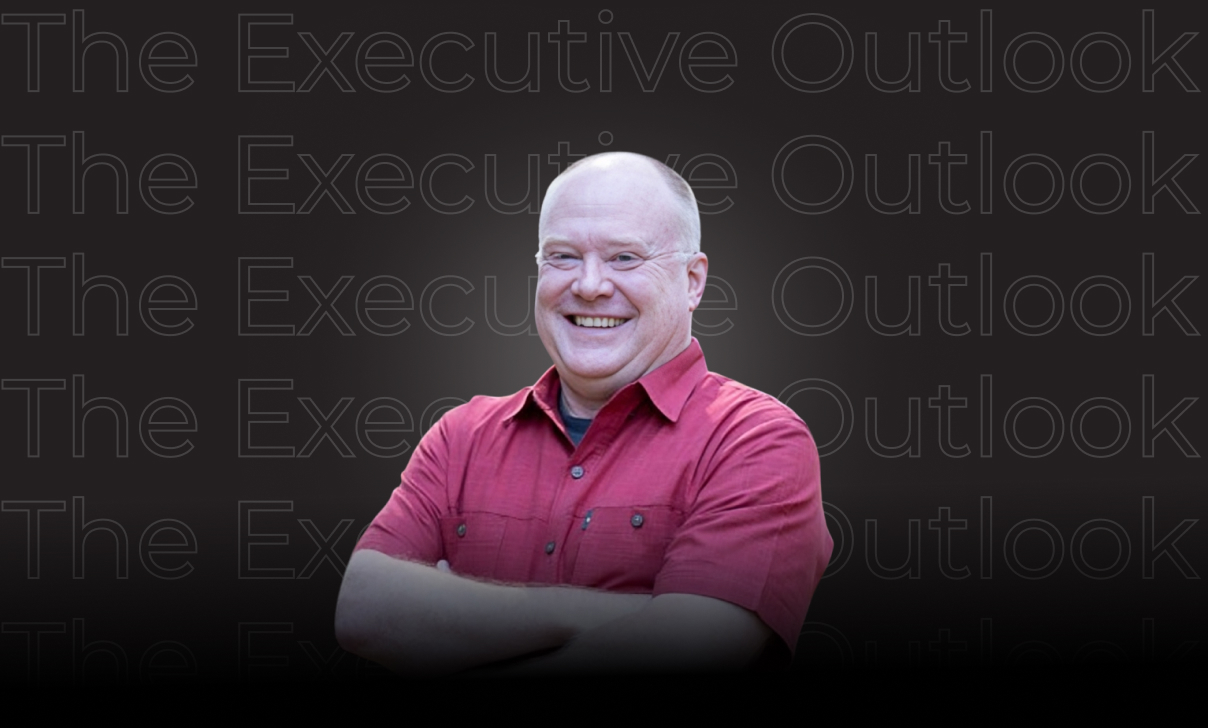In this special edition of The Executive Outlook, we had the privilege of speaking with Tom Redman, a man better known across the world as The Data Doc. For decades, Tom has been a trusted voice in the data community, known not only for his practical wisdom but also for his ability to explain complex issues in ways that make sense to everyone, from analysts on the ground to executives in the boardroom.
Watch the full conversation on YouTube by clicking the link below:
Click here to discover more life stories and insights from leaders shaping the future of data and tech.
Editor Bio

I’m Isha Taneja, serving as the Editor-in-Chief at "The Executive Outlook." Here, I interview industry leaders to share their personal opinions and provide valuable insights to the industry. Additionally, I am the CEO of Complere Infosystem, where I work with data to help businesses make smart decisions. Based in India, I leverage the latest technology to transform complex data into simple and actionable insights, ensuring companies utilize their data effectively.
In my free time, I enjoy writing blog posts to share my knowledge, aiming to make complex topics easy to understand for everyone.





